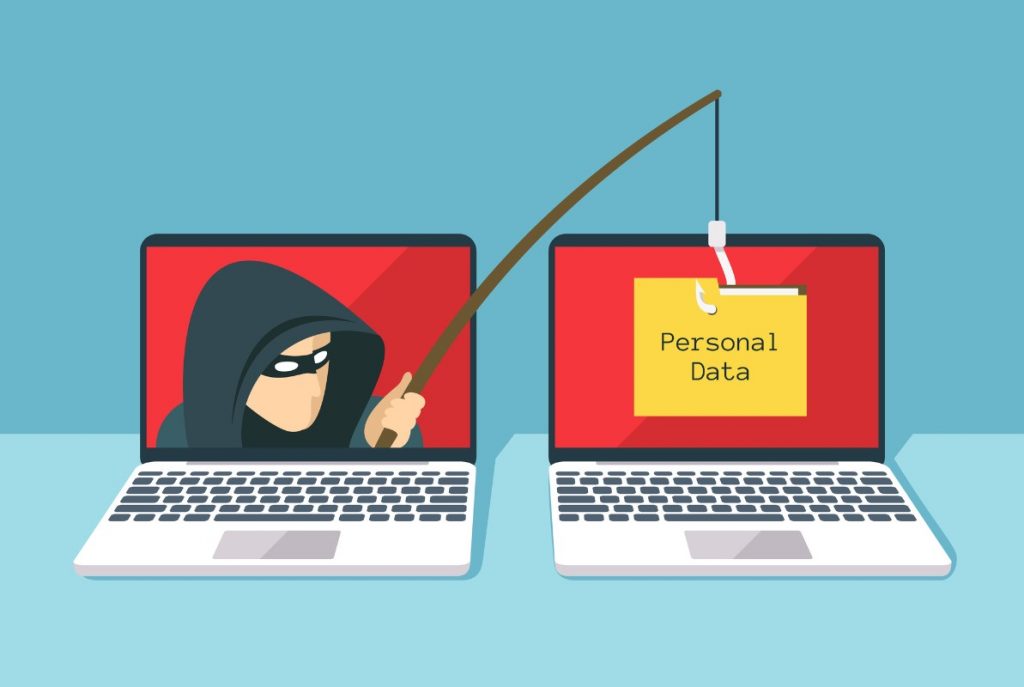DRM Prevents Unauthorized Access to digital content by employing encryption and access controls, ensuring content security.
DRM serves as the frontline defense in an era where digital content consumption has become ubiquitous, playing a crucial role in safeguarding digital assets from unauthorized entry and distribution.
In this comprehensive article, we will delve into the intricate mechanics of DRM and its multifaceted strategies for thwarting unauthorized access to digital content.
What is DRM?
Digital Rights Management, commonly known as DRM, represents a multifaceted approach to securing digital content. It comprises a set of technologies and strategies aimed at controlling and managing how digital content is accessed, used, and distributed. DRM solutions encompass a wide array of tools, from encryption methods and access controls to licensing mechanisms, all serving the overarching goal of safeguarding digital assets.
How Does DRM Prevent Unauthorized Access?
At its core, DRM relies on encryption to protect digital content. Encryption transforms the content into an unreadable format, rendering it useless without the corresponding decryption key. To access and utilize the content, authorized users must possess the correct decryption key, which is typically provided through legitimate channels, such as purchasing, renting, or subscribing to the content.
Preventing Unauthorized Access

Encryption: The Fortified Barrier
Encryption serves as the bedrock of DRM’s security infrastructure. By converting digital content into an encrypted format, it becomes impervious to unauthorized access. Even if an unauthorized user gains access to the encrypted file, they remain unable to view, listen to, or employ the content in any meaningful way without the requisite decryption key. This robust encryption-based defense ensures the content’s integrity and confidentiality.
License Management: Controlling Access
DRM systems often hinge on licensing to govern content access. Users must acquire a valid license to access and interact with the content. These licenses dictate the terms and conditions of use, encompassing details such as the duration of access, the number of devices it can be accessed on, and more. Through license management, DRM can enforce these rules and restrictions effectively.
Access Controls: Restricting Unauthorized Sharing
DRM technology incorporates access controls that restrict the number of devices or users who can access the content concurrently. This limitation acts as a powerful deterrent against mass distribution of content to unauthorized audiences. Furthermore, DRM can impose restrictions on actions like copying, sharing, or exporting content, further minimizing unauthorized access.
Why DRM is Essential for Digital Content?
For content creators and copyright holders, DRM is an indispensable tool for safeguarding their intellectual property. Without the protective shield of DRM, digital content becomes vulnerable to piracy and unauthorized distribution, posing substantial revenue losses and jeopardizing the content’s integrity.
Enabling New Revenue Models
DRM empowers content providers to explore diverse revenue models, including pay-per-view, rentals, and subscription-based services. These models hinge on secure access controls facilitated by DRM, guaranteeing that users pay for the content they consume and enabling sustainable revenue streams.
Ensuring Content Availability
The assurance of content protection offered by DRM encourages content creators to make their work available in digital formats. This, in turn, broadens the range of digital content accessible to consumers, fostering a rich and diverse digital ecosystem.

In conclusion, Digital Rights Management (DRM) is a pivotal force in the relentless battle against unauthorized access to digital content. Through encryption, license management, and access controls, DRM provides content creators and providers with a multifaceted arsenal to protect their intellectual property and cultivate sustainable revenue models.
Despite the challenges and criticisms it faces, DRM continues to evolve in response to the ever-changing digital landscape. It remains an essential and irreplaceable tool for safeguarding digital assets and ensuring that content creators can reap the benefits of their creations while offering consumers a secure and diverse array of digital content.


Recent Comments